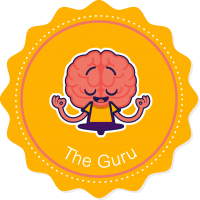Preparing a lesson is a crucial aspect of teaching that requires careful planning and organization to ensure effective learning outcomes. When creating a lesson plan, teachers typically follow a structured process to deliver content in a clear and engaging manner.
To begin with, teachers identify the learning objectives they aim to achieve through the lesson. These objectives outline what students should be able to know or do by the end of the lesson. Once the objectives are established, teachers design activities, discussions, and assessments that align with these goals.
Next, teachers consider the content and materials needed for the lesson. This may involve selecting relevant textbooks, resources, multimedia aids, and handouts to support student learning. Incorporating a variety of teaching methods and resources can help cater to different learning styles and enhance student engagement.
Furthermore, lesson preparation involves sequencing the content in a logical order to facilitate understanding and retention. Teachers often break down the lesson into smaller segments, introducing new concepts, providing examples, and allowing for practice and application to reinforce learning.
Moreover, it’s essential for teachers to anticipate potential challenges or questions that students may have during the lesson. Being prepared to address these queries can help maintain a smooth flow of instruction and enhance student comprehension.
In conclusion, effective lesson preparation is key to creating a dynamic and engaging learning environment. By setting clear objectives, selecting appropriate resources, structuring content logically, and being proactive in addressing student needs, teachers can deliver impactful lessons that promote student learning and growth.
in Articles
Lesson prepartion
One Comment
Leave a ReplyLeave a Reply
You must be logged in to post a comment.



Your class depends on this